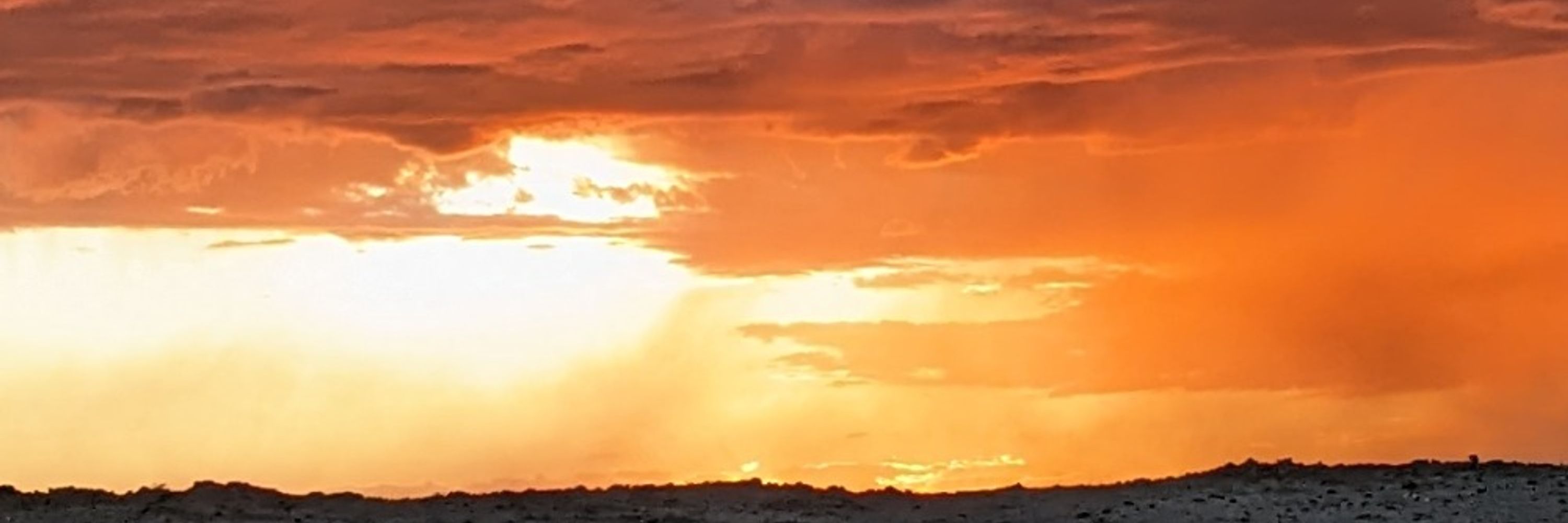Andy Farke
@andyfarke.bsky.social
2.4K followers
1.1K following
370 posts
Paleontologist, educator, museum person, open science person, homebrewer, spouse, parent. Homebrewing blog at http://andybrews.com
he/him
Posts
Media
Videos
Starter Packs
Pinned
Andy Farke
@andyfarke.bsky.social
· Nov 14
Reposted by Andy Farke
Reposted by Andy Farke
Reposted by Andy Farke
Reposted by Andy Farke
Reposted by Andy Farke
franz
@franzanth.bsky.social
· 16d
Reposted by Andy Farke

















